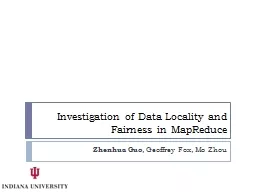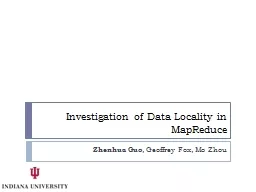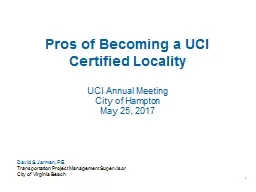PPT-Investigation of Data Locality and Fairness in MapReduce
Author : kittie-lecroy | Published Date : 2016-05-25
Zhenhua Guo Geoffrey Fox Mo Zhou Outline Introduction Data Locality and Fairness Experiments Conclusions MapReduce Execution Overview 3 Google File System Read
Presentation Embed Code
Download Presentation
Download Presentation The PPT/PDF document "Investigation of Data Locality and Fairn..." is the property of its rightful owner. Permission is granted to download and print the materials on this website for personal, non-commercial use only, and to display it on your personal computer provided you do not modify the materials and that you retain all copyright notices contained in the materials. By downloading content from our website, you accept the terms of this agreement.
Investigation of Data Locality and Fairness in MapReduce: Transcript
Download Rules Of Document
"Investigation of Data Locality and Fairness in MapReduce"The content belongs to its owner. You may download and print it for personal use, without modification, and keep all copyright notices. By downloading, you agree to these terms.
Related Documents














